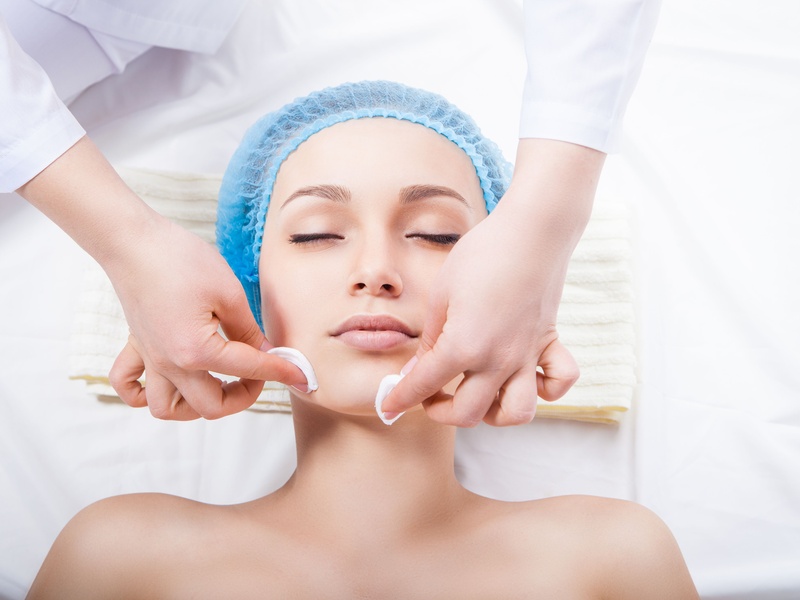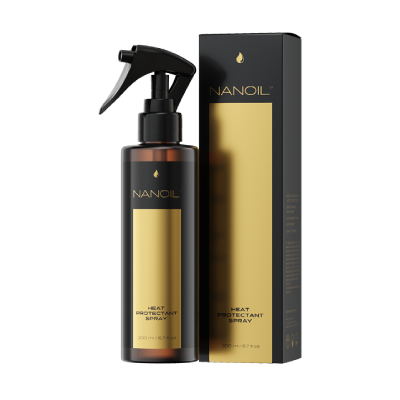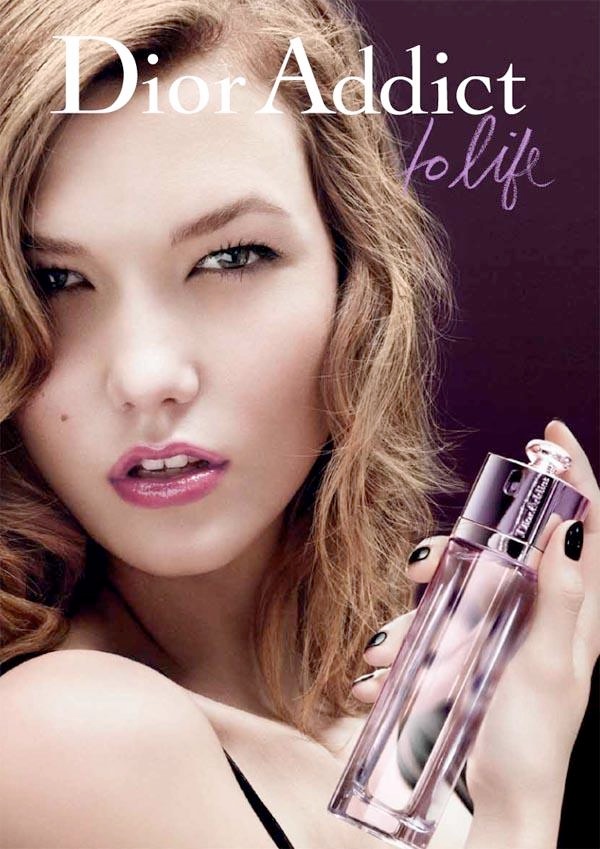Manual cleansing is one of the most popular methods of removing impurities from the face. However, along with the progress in cosmetology, it is slowly becoming a thing of the past. It is replaced by newer technologies and more effective cosmetics. Is it still worth using the manual cleaning?
 What is manual skin cleansing?
What is manual skin cleansing?
Manual cleansing removes dirt from the surface of the skin, which accumulated in the skin pores. The treatment begins with makeup removal and so-called a face steam or a vapozone. Their task is to soften the skin and open up pores. The beautician then pops the pimples and skin pores using your fingers and swabs. The end of the treatment is to apply a calming mask.
Does manual face cleansing have any downsides?
Unfortunately yes. Removing imperfections in this way may lead to discolouration and scarring. What’s more, it does not fully solve the problem, it can even lead to a worsening of the problem. How is this possible? Imperfections arise from the accumulation of sebum, dead skin, sweat, cosmetic remains. During manual cleansing, we are not able to remove all impurities, but only specific changes.
Is it better to give up on manual face cleansing?
Not necessarily. Although there are much better methods to remove impurities and imperfections. There are also such treatments, which will be a great complement to manual facial cleansing. These include cavitation peeling, microdermabrasion, chemical peels and oxybrasion. In contemporary cosmetology, to ensure the best results, the so-called combined treatments are willingly used. If the manual cleansing is an essential part of the skin, it should be used.
Alternative treatments for manual cleaning
One of such treatments is called desincrustation. This is a deep cleansing treatment that softens sebum and is the ideal treatment for oily or congested skin. During desincrustation, the action of direct current and ultrasonic waves are used. The active substance is introduced into the skin (a mixture of salicylic and azelaic acids), which causes the sebaceous and sweat glands to become loose. After the treatment, the skin is smoothed, matte, with no tendency to blackhead formation. Desincrustation brings the best effects after six treatments repeated every two, three or four weeks. Contraindications to the procedure include: pregnancy and breastfeeding, oncological problems, epilepsy, metal parts within the head and neck, pacemaker, tooth extraction.













Leave a Reply